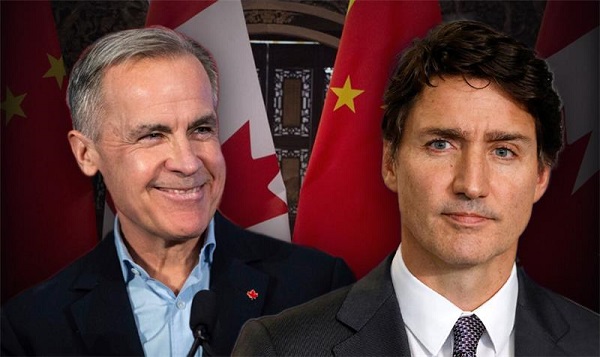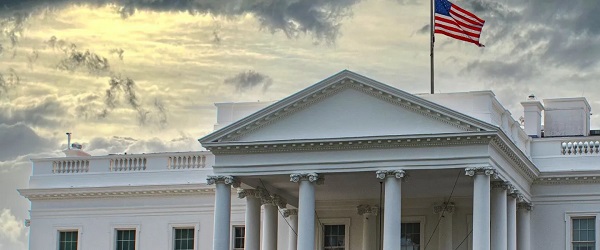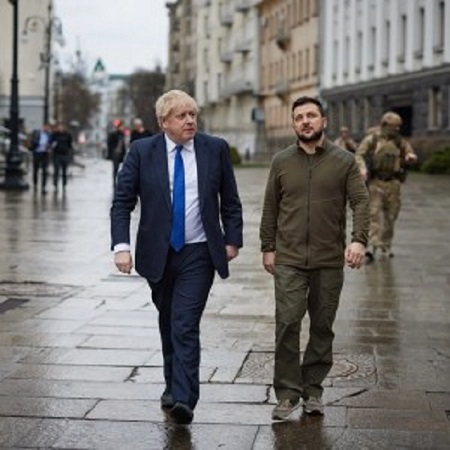Alberta
Alberta Q1 budget update a VERY nice surprise
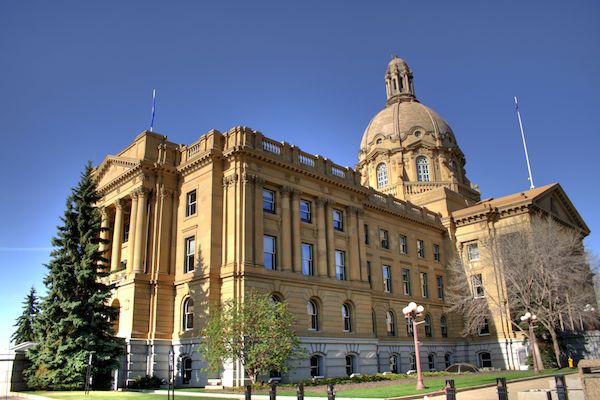
Q1 update: Alberta’s Recovery Plan is working
The government’s economic outlook has dramatically improved over the first three months of the fiscal year, confirming that Alberta’s Recovery Plan to diversify the economy and create jobs is working.
As of July, Alberta added 73,000 jobs since the beginning of the year and has now recovered nearly 90 per cent of the jobs lost when the pandemic first took hold in the province.
Real gross domestic product (GDP) is expected to grow by 6.7 per cent in 2021, up significantly from the budget forecast of 4.8 per cent. Many economic forecasters, including the Conference Board of Canada and some of the largest Canadian banks, predict Alberta will lead all provinces in growth this year.
“After a historically challenging year, Alberta’s economy is already witnessing signs of recovery and growth. While this indicates Alberta’s Recovery Plan is working, we know there is still more to do to create jobs and restore Alberta’s place as the economic driver of the nation. We will continue to bring spending in line with that of other provinces, attract more investment and get Albertans back to work.”
Increased investment and economic activity has led to the unemployment rate falling to 8.5 per cent, the lowest since the pandemic started.
Oilsands production has risen more than eight per cent in the first half of the year with a quick rebound in bitumen output and drilling activity in June and July – exceeding 2019 levels. Non-energy investment is forecast to grow at about five per cent each year in 2021 and 2022, and will return to 2019 levels this year.
Fiscal situation
Despite these improvements in Alberta’s economy, a sizeable deficit remains, and Alberta’s current fiscal situation is still unsustainable. Alberta will pay $2.6 billion in debt servicing costs this year, which is more than it spends on all but four government departments. With no debt, these taxpayer dollars could be spent on education, health care and other public services.
While the recent increase in energy prices is encouraging, Alberta’s government is aware the situation can change rapidly and the year is far from over. There have been dramatic fluctuations over the past year and a half. Instead of relying on volatile resource revenue, government must control spending.
Alberta’s government continues to hold three fiscal anchors to guide decision-making:
- Keeping net debt below 30 per cent of GDP.
- Aligning per capita spending with comparator provinces.
- Setting a time frame for balancing the budget once the government has a clear picture of the long-term global impacts of the pandemic.
Quick facts
- The deficit for 2021-22 is forecast at $7.8 billion, $10.5 billion lower than reported in the budget.
- The revenue forecast for 2021-22 is $55 billion, $11.3 billion higher than reported in the budget.
- Expense is forecast at $62.7 billion, up $0.8 billion from the budget.
- Taxpayer-supported debt is forecast at $105.7 billion on March 31, 2022, which is $4.9 billion lower than estimated in the budget.
- The net debt-to-GDP ratio will be an estimated 19.6 per cent at the end of the fiscal year, well below the province’s goal of 30 per cent.
Alberta
Keynote address of Premier Danielle Smith at 2025 UCP AGM
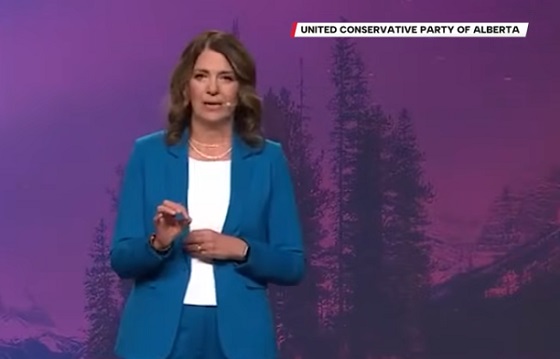
Alberta
Net Zero goal is a fundamental flaw in the Ottawa-Alberta MOU

From the Fraser Institute
By Jason Clemens and Elmira Aliakbari
The challenge of GHG emissions in 2050 is not in the industrial world but rather in the developing world, where there is still significant basic energy consumption using timber and biomass.
The new Memorandum of Understanding (MOU) between the federal and Alberta governments lays the groundwork for substantial energy projects and infrastructure development over the next two-and-a-half decades. It is by all accounts a step forward, though, there’s debate about how large and meaningful that step actually is. There is, however, a fundamental flaw in the foundation of the agreement: it’s commitment to net zero in Canada by 2050.
The first point of agreement in the MOU on the first page of text states: “Canada and Alberta remain committed to achieving net zero greenhouse gas emissions by 2050.” In practice, it’s incredibly difficult to offset emissions with tree planting or other projects that reduce “net” emissions, so the effect of committing to “net zero” by 2050 means that both governments agree that Canada should produce very close to zero actual greenhouse gas (GHG) emissions. Consider the massive changes in energy production, home heating, transportation and agriculture that would be needed to achieve this goal.
So, what’s wrong with Canada’s net zero 2050 and the larger United Nations’ global goal for the same?
Let’s first understand the global context of GHG reductions based on a recent study by internationally-recognized scholar Vaclav Smil. Two key insights from the study. First, despite trillions being spent plus international agreements and regulatory measures starting back in 1997 with the original Kyoto agreement, global fossil fuel consumption between then and 2023 increased by 55 per cent.
Second, fossil fuels as a share of total global energy declined from 86 per cent in 1997 to 82 per cent in 2022, again, despite trillions of dollars in spending plus regulatory requirements to force a transition away from fossil fuels to zero emission energies. The idea that globally we can achieve zero emissions over the next two-and-a-half decades is pure fantasy. Even if there is an historic technological breakthrough, it will take decades to actually transition to a new energy source(s).
Let’s now understand the Canada-specific context. A recent study examined all the measures introduced over the last decade as part of the national plan to reduce emissions to achieve net zero by 2050. The study concluded that significant economic costs would be imposed on Canadians by these measures: inflation-adjusted GDP would be 7 per cent lower, income per worker would be more than $8,000 lower and approximately 250,000 jobs would be lost. Moreover, these costs would not get Canada to net zero. The study concluded that only 70 per cent of the net zero emissions goal would be achieved despite these significant costs, which means even greater costs would be imposed on Canadians to fully achieve net zero.
It’s important to return to a global picture to fully understand why net zero makes no sense for Canada within a worldwide context. Using projections from the International Energy Agency (IEA) in its latest World Energy Outlook, the current expectation is that in 2050, advanced countries including Canada and the other G7 countries will represent less than 25 per cent of global emissions. The developing world, which includes China, India, the entirety of Africa and much of South America, is estimated to represent at least 70 per cent of global emissions in 2050.
Simply put, the challenge of GHG emissions in 2050 is not in the industrial world but rather in the developing world, where there is still significant basic energy consumption using timber and biomass. A globally-coordinated effort, which is really what the U.N. should be doing rather than fantasizing about net zero, would see industrial countries like Canada that are capable of increasing their energy production exporting more to these developing countries so that high-emitting energy sources are replaced by lower-emitting energy sources. This would actually reduce global GHGs while simultaneously stimulating economic growth.
Consider a recent study that calculated the implications of doubling natural gas production in Canada and exporting it to China to replace coal-fired power. The conclusion was that there would be a massive reduction in global GHGs equivalent to almost 90 per cent of Canada’s total annual emissions. In these types of substitution arrangements, the GHGs would increase in energy-producing countries like Canada but global GHGs would be reduced, which is the ultimate goal of not only the U.N. but also the Carney and Smith governments as per the MOU.
Finally, the agreement ignores a basic law of economics. The first lesson in the very first class of any economics program is that resources are limited. At any given point in time, we only have so much labour, raw materials, time, etc. In other words, when we choose to do one project, the real cost is foregoing the other projects that could have been undertaken. Economics is mostly about trying to understand how to maximize the use of limited resources.
The MOU requires massive, literally hundreds of billions of dollars to be used to create nuclear power, other zero-emitting power sources and transmission systems all in the name of being able to produce low or even zero-emitting oil and gas while also moving to towards net zero.
These resources cannot be used for other purposes and it’s impossible to imagine what alternative companies or industries would have been invested in. What we do know is that workers, entrepreneurs, businessowners and investors are not making these decisions. Rather, politicians and bureaucrats in Ottawa and Edmonton are making these decisions but they won’t pay any price if they’re wrong. Canadians pay the price. Just consider the financial fiasco unfolding now with Ottawa, Ontario and Quebec’s subsidies (i.e. corporate welfare) for electric vehicle batteries.
Understanding the fundamentally flawed commitment to Canadian net zero rather than understanding a larger global context of GHG emissions lays at the heart of the recent MOU and unfortunately for Canadians will continue to guide flawed and expensive policies. Until we get the net zero policies right, we’re going to continue to spend enormous resources on projects with limited returns, costing all Canadians.
-

 Alberta2 days ago
Alberta2 days agoAlberta can’t fix its deficits with oil money: Lennie Kaplan
-

 Business2 days ago
Business2 days agoCanadians love Nordic-style social programs as long as someone else pays for them
-

 International2 days ago
International2 days agoTrump vows to pause migration after D.C. shooting
-

 Addictions1 day ago
Addictions1 day agoThe Death We Manage, the Life We Forget
-

 Food6 hours ago
Food6 hours agoCanada Still Serves Up Food Dyes The FDA Has Banned
-

 Daily Caller2 days ago
Daily Caller2 days ago‘No Critical Thinking’: Parents Sound Alarm As Tech Begins To ‘Replace The Teacher’
-

 National1 day ago
National1 day agoAlleged Liberal vote-buying scandal lays bare election vulnerabilities Canada refuses to fix
-

 National16 hours ago
National16 hours agoEco-radical Canadian Cabinet minister resigns after oil deal approved







